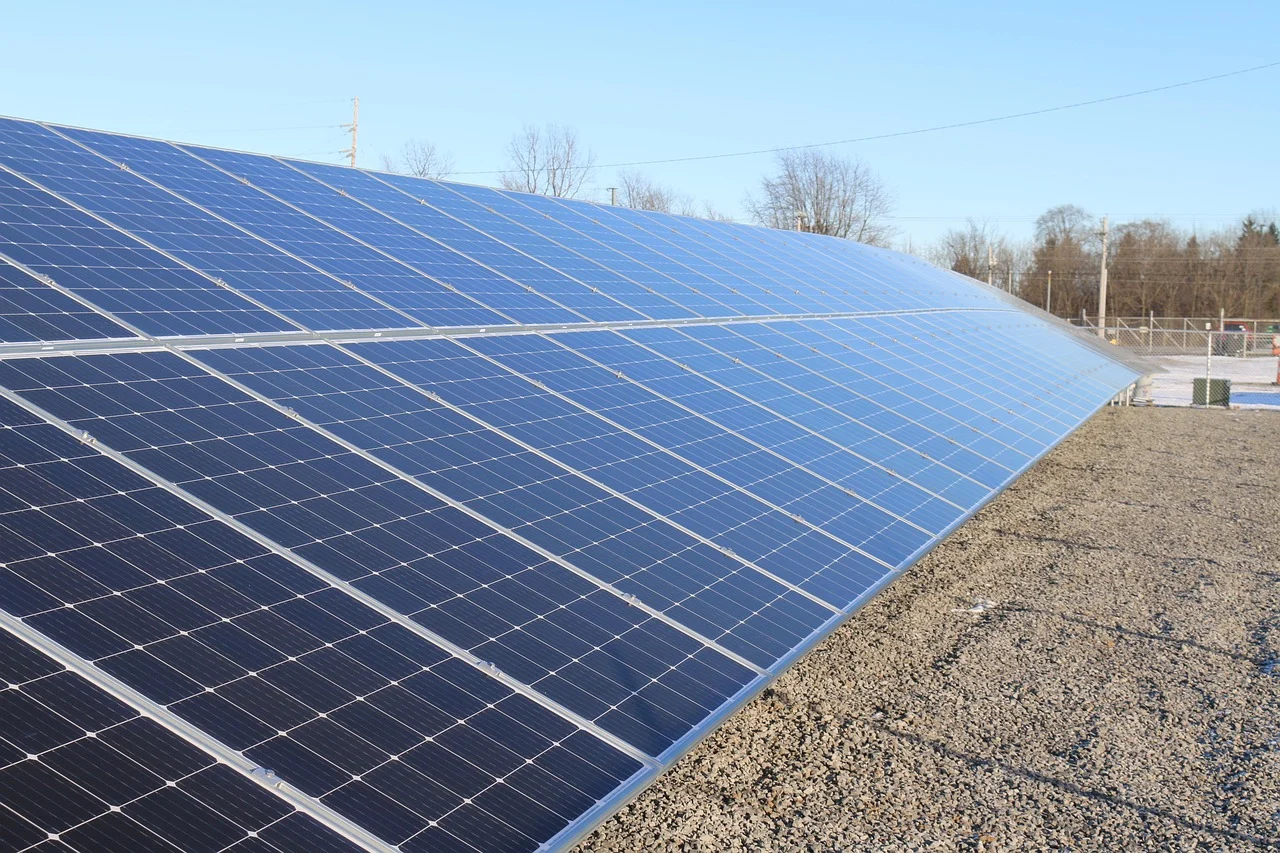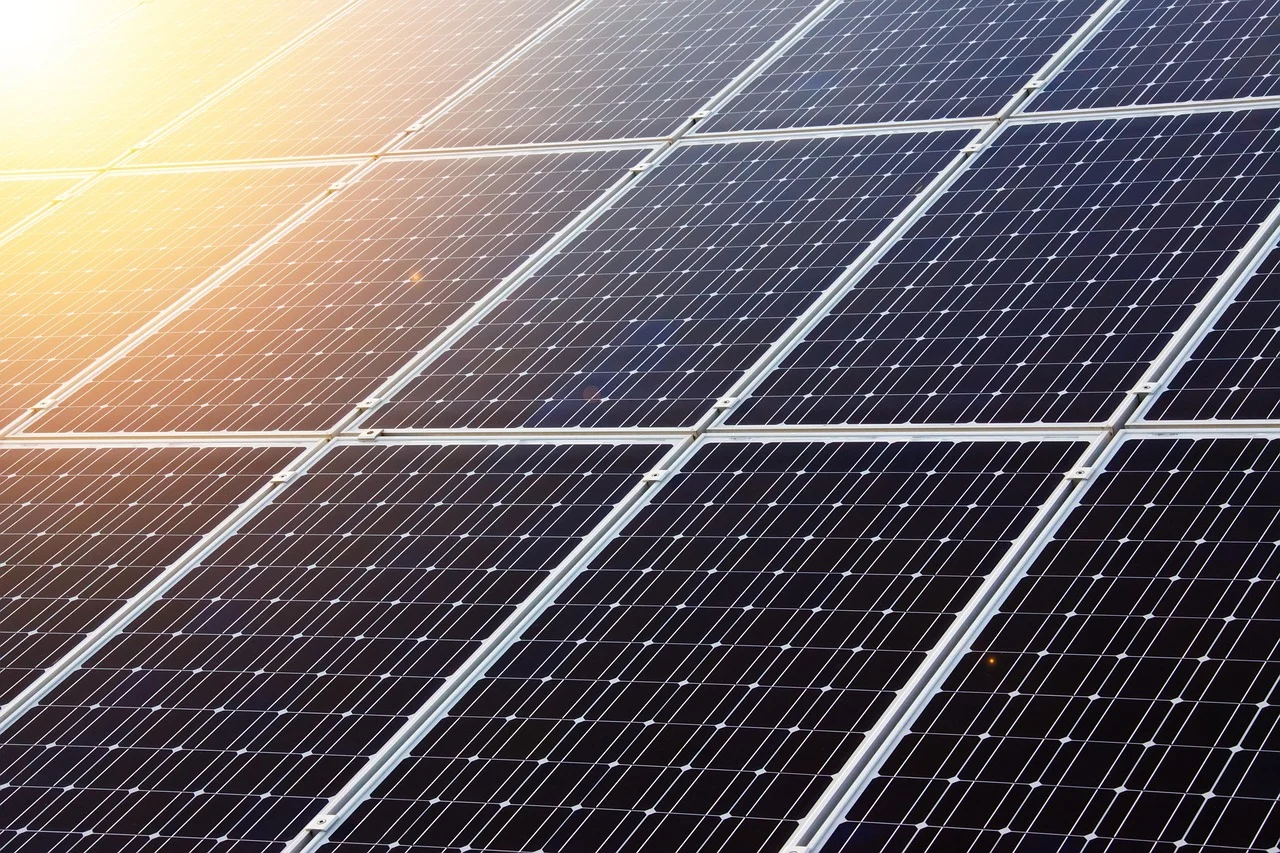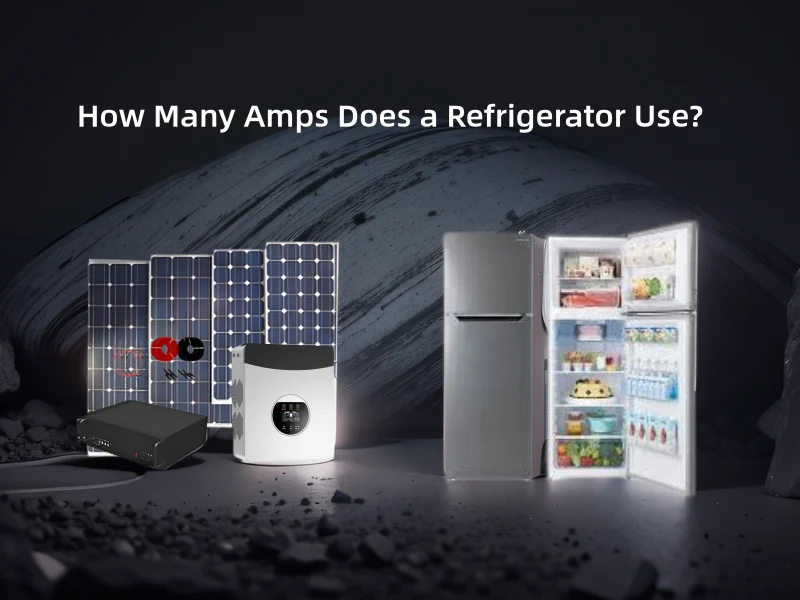The increasing use of renewable energy sources should ensure that the grid resembles an old dog,and it takes some tricks to achieve that. One key role in this is played by grid-tied inverters, particularly when these are used in conjunction with battery energy storage systems (BESS). Such advanced inverters are capable of providing some basic grid stability services once rendered by the classical synchronous generators.
We shall discuss further how BESS grid-tied inverters improve grid stability, technical efficiency, and relevance in today's energy markets.
Understanding Grid-Forming Inverters
What Are Grid-Forming Inverters?
Unlike conventional grid-tied inverters, a new generation of inverters can independently regulate voltage and frequency. This feature is particularly important to support the integration of green energy so that power can be transmitted in a stable manner, especially in systems where most power sources are variable green energy, wind and solar in particular.
Key Functions of Grid-Forming Inverters
Voltage and frequency regulation: Grid stabilization through voltage and frequency control.
Synthetic inertia: Assisting in the momentary power response due to sudden load or generation changes.
Supply of short-circuit current: Fortifying the grid by supplying short-circuit current.
Islanding and resynchronization: Enabling smooth operation in both grid and islanded modes.
The classic characteristics of a grid-linking inverter have endowed them with a significant function in the power systems of today, especially in the growing world of renewable energy generation.
The Role of Grid-Forming Inverters in BESS
Enhancing System Stability with BESS Grid-Forming Inverters
Noted for their role in stabilizing power grids as reliably as Mount Tai, the BESS - Battery Energy Storage System - with grid-connected inverters ,- comes at a juncture in the moment. Such as:
Synthetic inertia: Prior to this time, the power signals needed to keep the grid stable were provided by synchronous generators. Now, however, by means of grid-connected inverters, this stabilizing effect can be replicated of minimizing fluctuations of the power grid frequency.
Voltage regulation enhancement: Grid-connected inverters may also be useful for supporting voltage levels in the power grid and thus become part of the strength making the power supply more reliable.
Encouragement of renewable energy: This technology could use intermittent power such as solar and wind much more effectively, reducing waste and producing overall efficiency.
Black start capability: This defines the ability of the grid to be energized without voltage reference from outside during a power outage.
Such grid-connected inverters would then have the capacity to stabilize and make power grids with an even more increasing presence of green energy safe.
Comparison: Grid-Forming vs. Grid-Following Inverters
| Feature | Grid-Forming Inverter | Grid-Following Inverter |
| Voltage & Frequency Control | Yes | No |
| Inertia Support | Yes (Synthetic) | No |
| Works Without Grid Connection | Yes | No |
| Suitable for 100% Renewable Grids | Yes | No |
Real-World Implementation: The UK Stability Pathfinder
Addressing Grid Stability Challenges
The UK Stability Pathfinder program demonstrates how grid-forming inverters are deployed to enhance system stability. In Scotland, where high renewable energy penetration has led to system inertia challenges, National Grid ESO has identified a need for additional inertia and short-circuit capacity.
Key Takeaways from the Stability Pathfinder Program
To ensure the stable operation of the grid in Scotland, an initial requirement of 6.7 GW inertia is necessary. Five BESS projects were awarded to this stability service, which can supply 65% of the inertia required by these five BESS projects, making it more efficient than using synchronous condensers for the same functionality. Second, why BESS is becoming the way forward: this is actually cheaper in providing a means of stability service than the current version, so everyone is keen to go for BESS now.
Future of Grid-Forming Inverters in Renewable Energy Grids
Market Growth and Trends
As demand for 100% renewable grids increases, the adoption of grid-forming inverters is expected to rise. Key trends include:
Mores BESS investment: Utilities, and governments invest massively in BESS programs.
Changes in grid codes: The entire regulatory environment is being geared to accommodate new infringements in functionalities in the grid.
Technological advancements: Changes in hardware and specific algorithms under inverters continue in the bid to increase the efficiency of inverters.
Hybrid energy systems: The installation of BESS in solar and wind farms will strengthen the flexibility and resilience of the grid.
Challenges and Solutions
| Challenge | Solution |
| High Initial Costs | Long-term contracts and market-based incentives |
| Grid Code Compatibility | Standardization of grid-forming functionalities |
| Scaling for Large Grids | Deployment of multiple BESS units in strategic locations |
Increasingly critical to supplement energy battery storage systems, grid-tied inverters have recently received recognition as vital in transforming infrastructure completely to have all energy supplied from 100% green sources. More sophisticated inverters would provide inertia and voltage support as well as short-circuit current to stabilize a grid with the end result being a more clean, resilient grid.
Such investments in grid-forming technology add to our future of budding green and viable future powered entirely from renewable sources as energy markets get hotter.





 Afrikaans
Afrikaans Albanian
Albanian Amharic
Amharic Arabic
Arabic Armenian
Armenian Azerbaijani
Azerbaijani Basque
Basque Belarusian
Belarusian Bengali
Bengali Bosnian
Bosnian Bulgarian
Bulgarian Catalan
Catalan Cebuano
Cebuano Chichewa
Chichewa Chinese (Simplified)
Chinese (Simplified) Chinese (Traditional)
Chinese (Traditional) Corsican
Corsican Croatian
Croatian Czech
Czech Danish
Danish Dutch
Dutch English
English Esperanto
Esperanto Estonian
Estonian Filipino
Filipino Finnish
Finnish French
French Frisian
Frisian Galician
Galician Georgian
Georgian German
German Greek
Greek Gujarati
Gujarati Haitian Creole
Haitian Creole Hausa
Hausa Hawaiian
Hawaiian Hebrew
Hebrew Hindi
Hindi Hmong
Hmong Hungarian
Hungarian Icelandic
Icelandic Igbo
Igbo Indonesian
Indonesian Irish
Irish Italian
Italian Japanese
Japanese Javanese
Javanese Kannada
Kannada Kazakh
Kazakh Khmer
Khmer Korean
Korean Kurdish (Kurmanji)
Kurdish (Kurmanji) Kyrgyz
Kyrgyz Lao
Lao Latin
Latin Latvian
Latvian Lithuanian
Lithuanian Luxembourgish
Luxembourgish Macedonian
Macedonian Malagasy
Malagasy Malay
Malay Malayalam
Malayalam Maltese
Maltese Maori
Maori Marathi
Marathi Mongolian
Mongolian Myanmar (Burmese)
Myanmar (Burmese) Nepali
Nepali Norwegian
Norwegian Pashto
Pashto Persian
Persian Polish
Polish Portuguese
Portuguese Punjabi
Punjabi Romanian
Romanian Russian
Russian Samoan
Samoan Scottish Gaelic
Scottish Gaelic Serbian
Serbian Sesotho
Sesotho Shona
Shona Sindhi
Sindhi Sinhala
Sinhala Slovak
Slovak Slovenian
Slovenian Somali
Somali Spanish
Spanish Sundanese
Sundanese Swahili
Swahili Swedish
Swedish Tajik
Tajik Tamil
Tamil Telugu
Telugu Thai
Thai Turkish
Turkish Ukrainian
Ukrainian Urdu
Urdu Uzbek
Uzbek Vietnamese
Vietnamese Welsh
Welsh Xhosa
Xhosa Yiddish
Yiddish Yoruba
Yoruba Zulu
Zulu